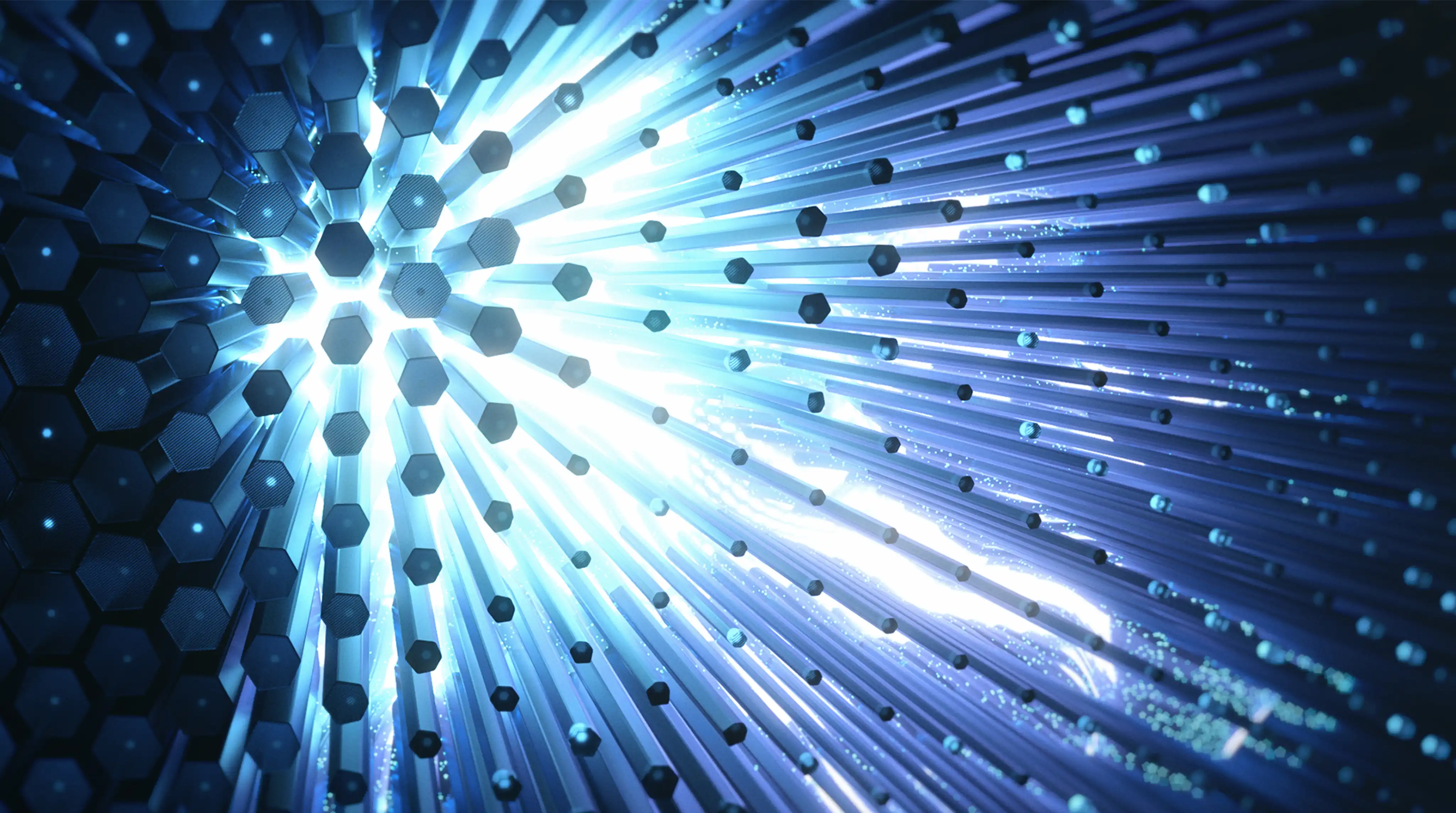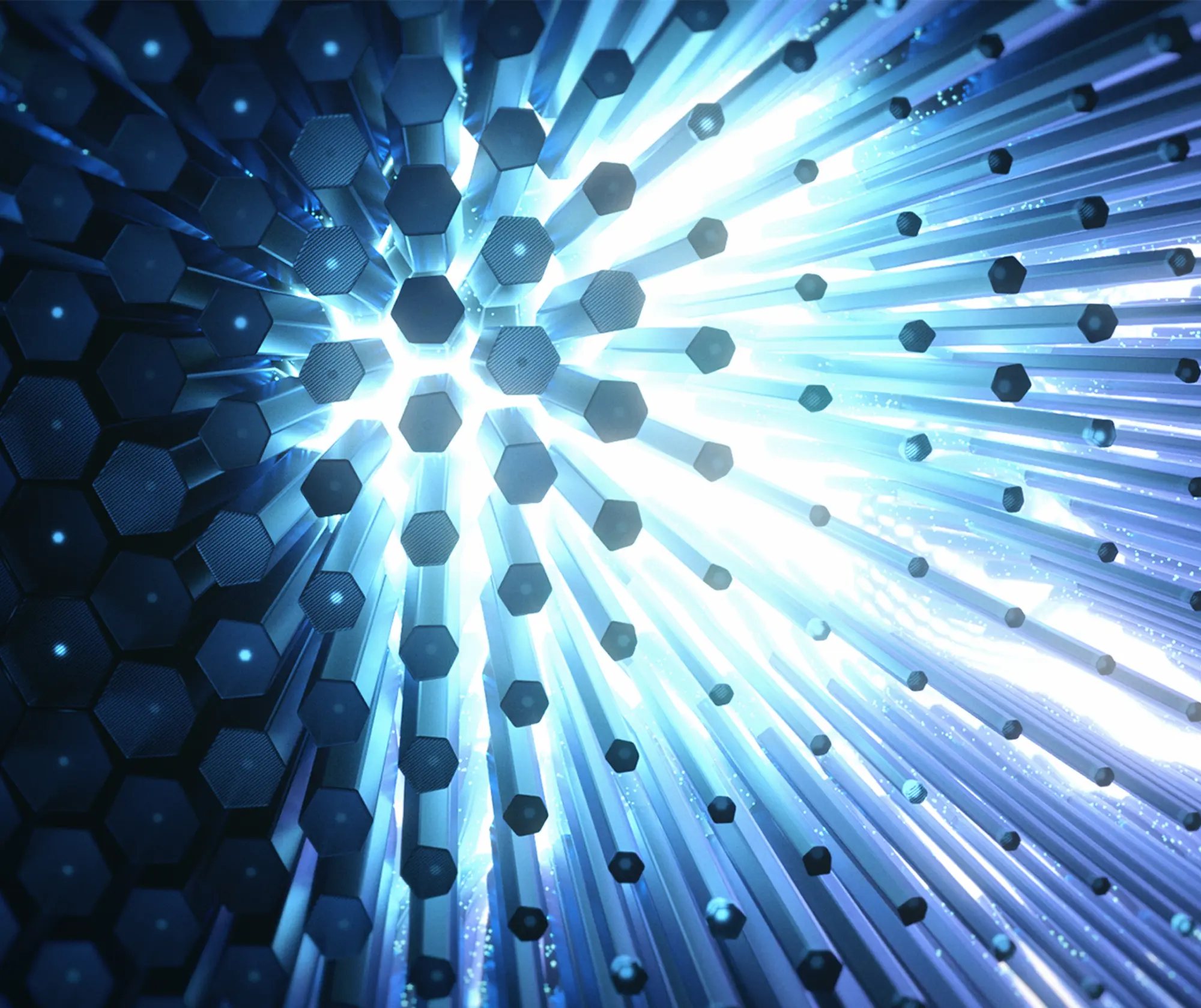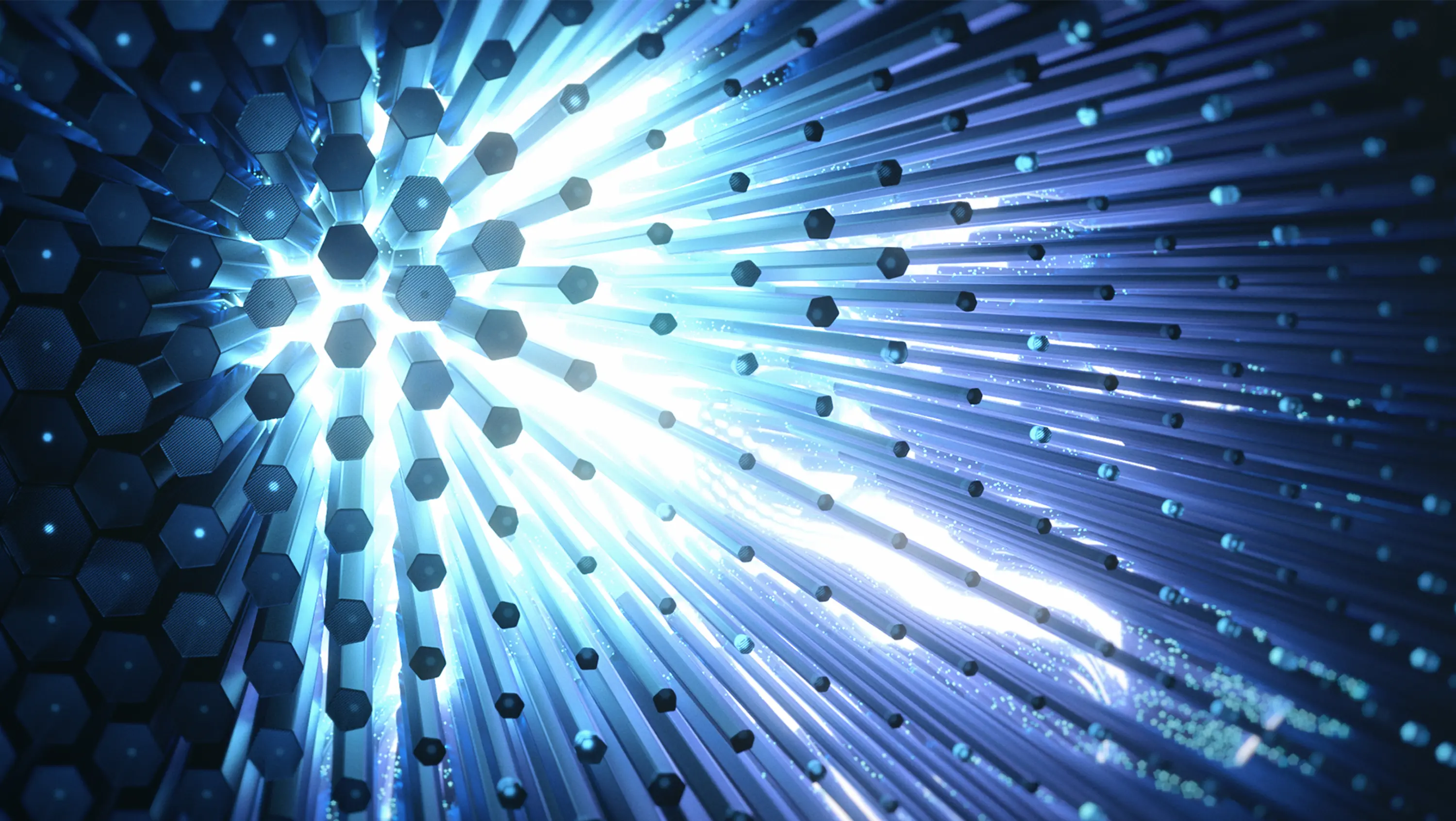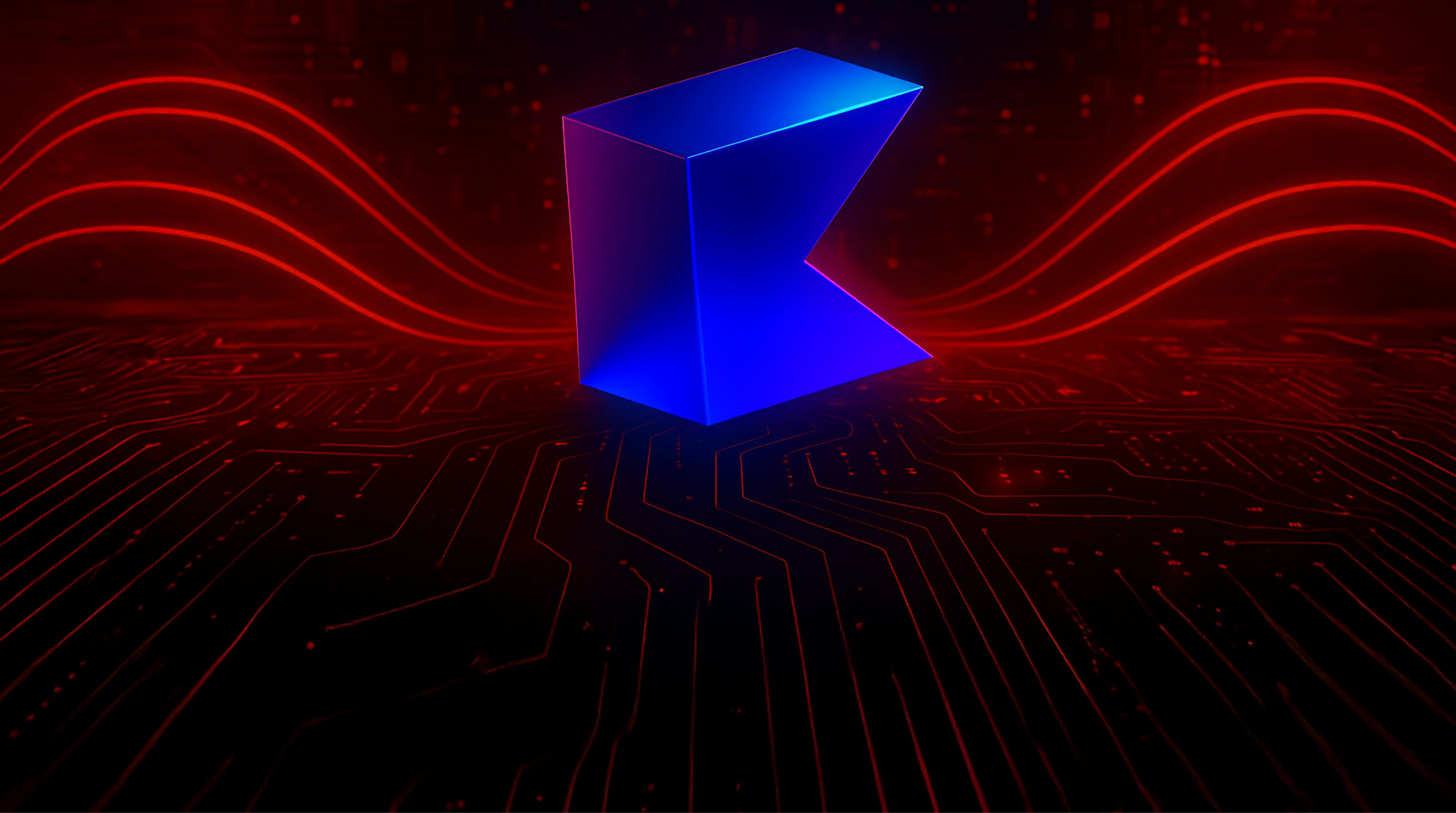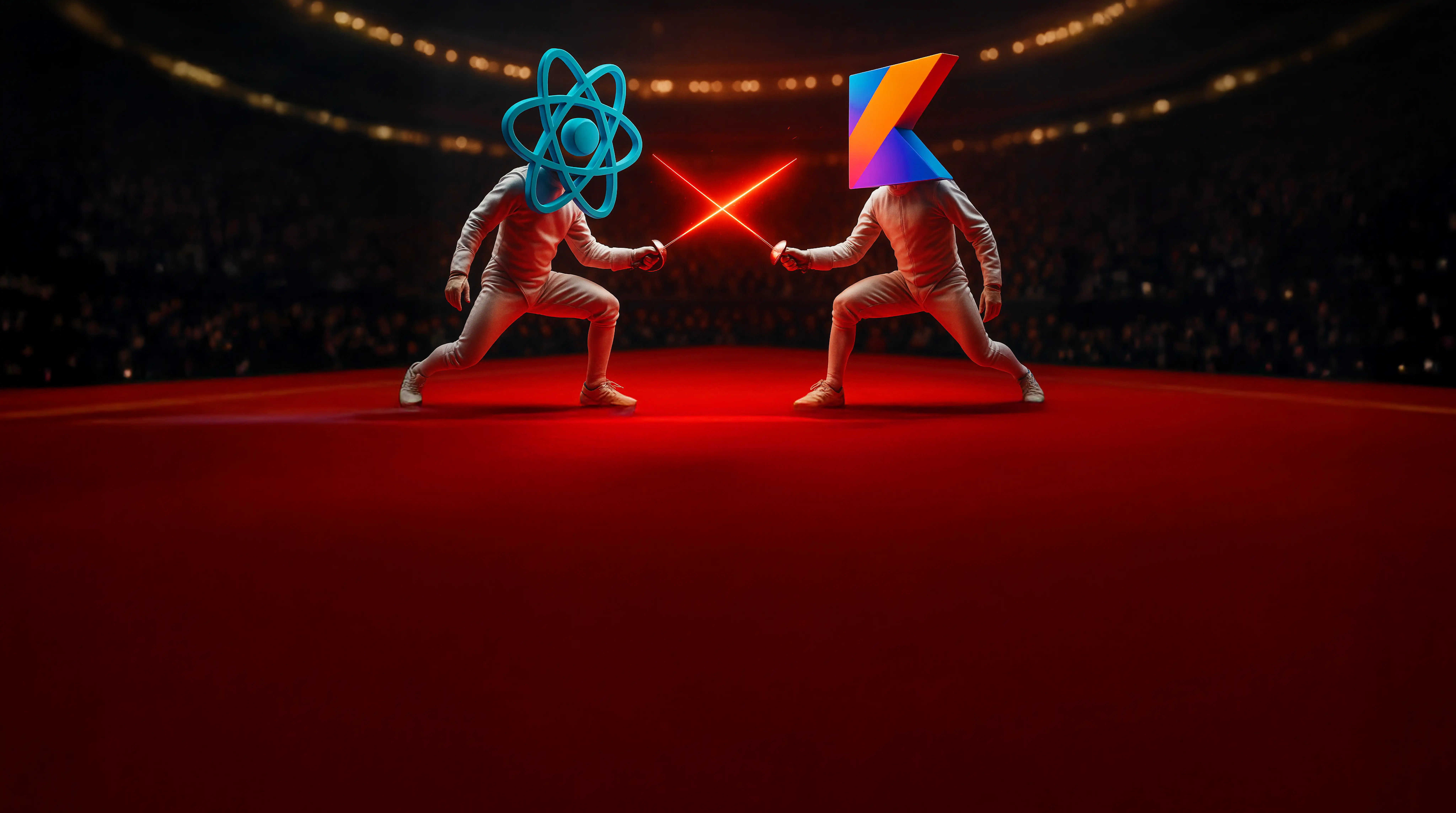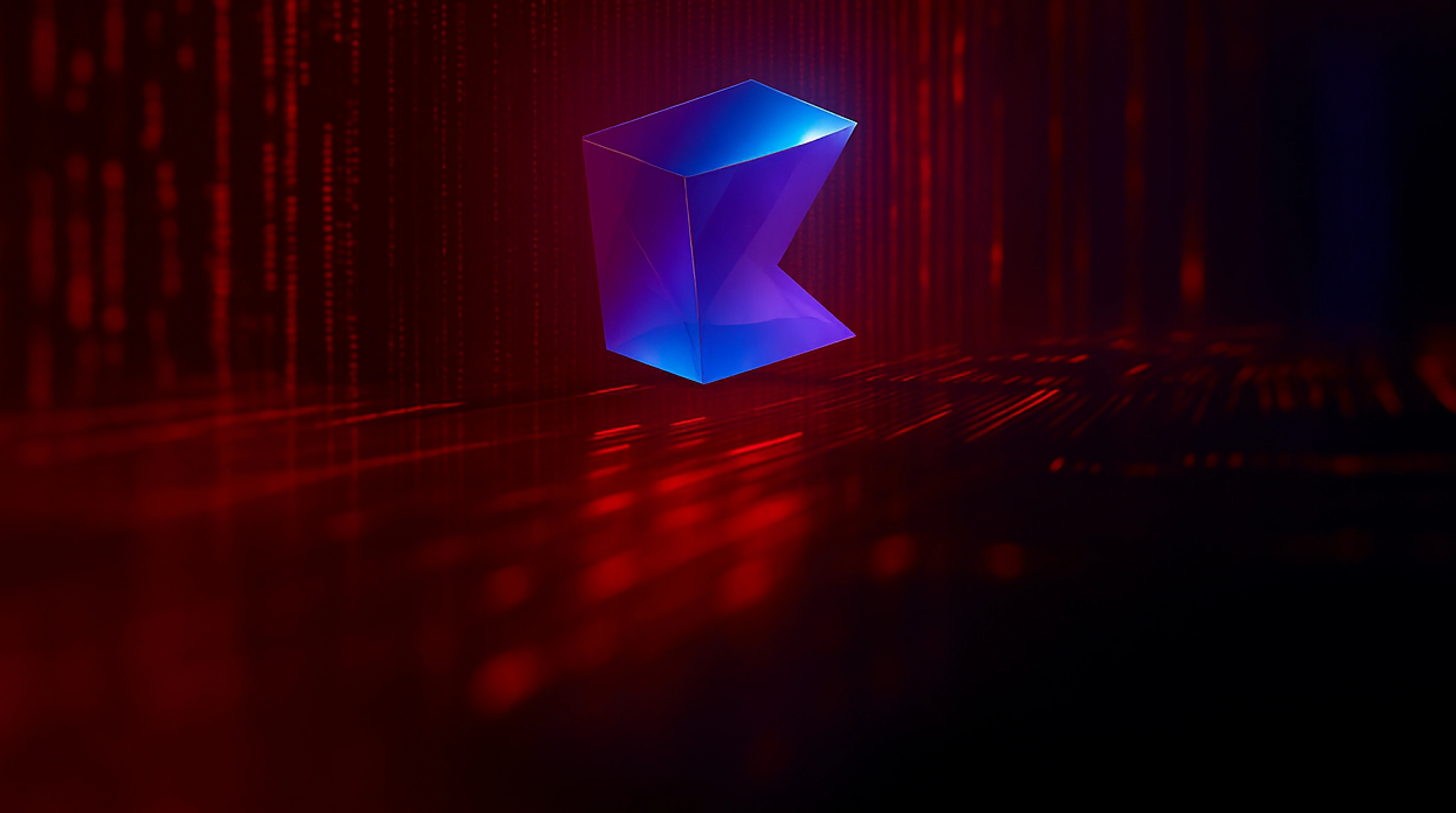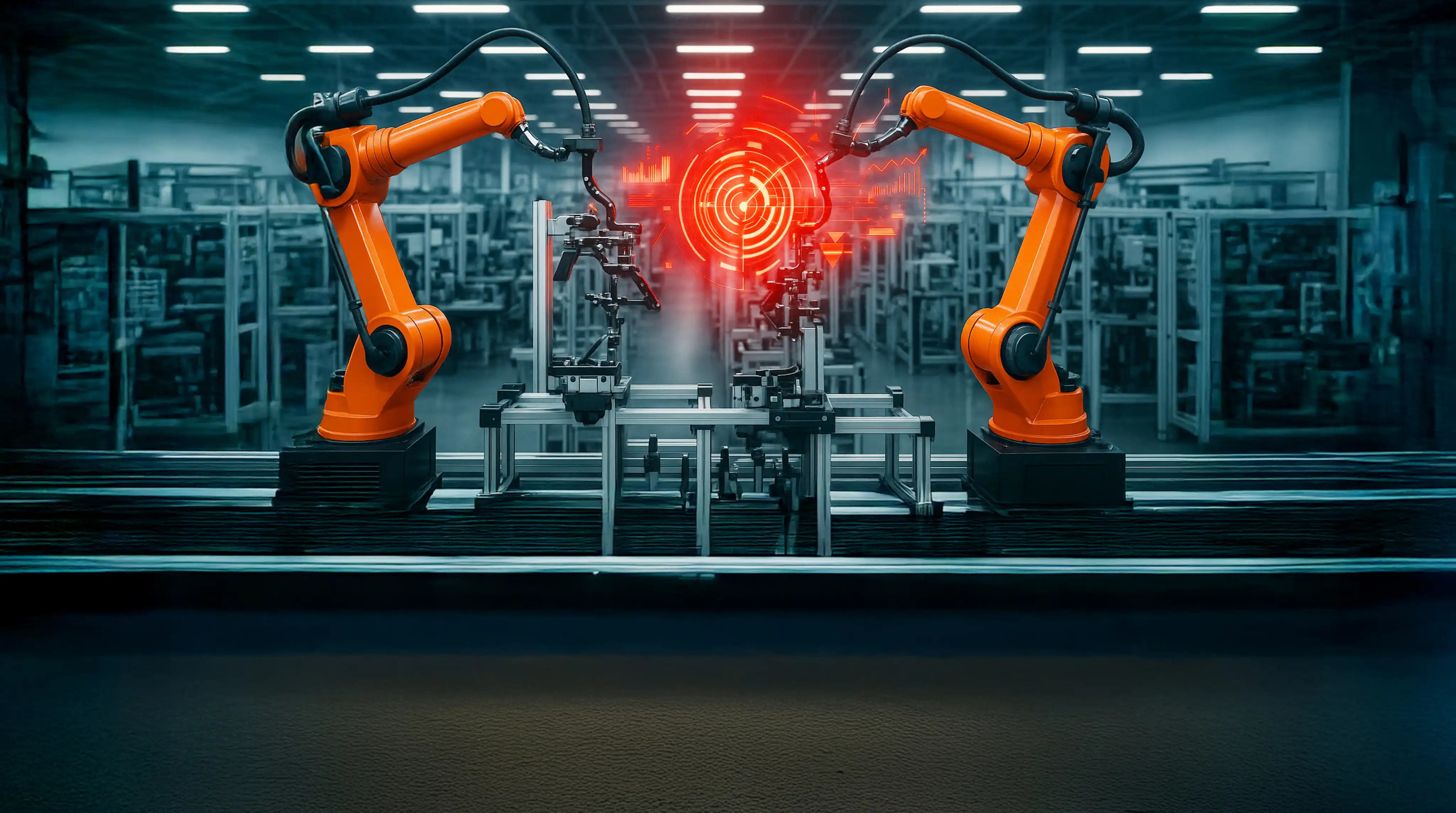Infrastructure Optimization for Next-Level AI Performance: A Comprehensive Guide
July 9, 2024
Introduction: The Infrastructure Bottleneck
Workloads related to artificial intelligence are resource-intensive, data-hungry, and computationally demanding. Inadequate or improperly configured infrastructure might impede AI-driven innovation, causing sluggish inference and model training. On the other hand, optimized infrastructure works like a supercharger, boosting AI capabilities and producing noticeable business benefits.
Optimized infrastructure enables efficient data handling, algorithm execution, and system scalability, all critical features for ensuring AI models can perform complex computations and provide accurate insights.
In this guide, we’ll describe the key components of AI infrastructure and offer actionable insights and strategies to help you unlock the next level of AI performance.
Powering Up Your AI with Specialized Computing
The Need for Speed and Scale
Scale and speed are critical in the AI landscape. Processing large datasets, training complex models, and implementing AI applications in real-time demand substantial computational power.
Optimized infrastructure, including high-performance computing and modern data storage, enables fast iteration and deployment of AI models. This infrastructure must also be scalable, accommodating larger datasets and more complex models without compromising performance.
Investing in is a strategic decision that enhances AI capabilities, delivering faster insights, more accurate predictions, and, ultimately, more significant business impact.
HPC, GPUs, and TPUs: The Core of AI’s Powerhouse
Modern AI advancement relies on High-Performance Computing (HPC). It uses clusters—groups of connected processors—to analyze large amounts of data and quickly solve complex problems—making HPC essential for training, fine-tuning, and deploying the large-scale machine learning models that drive today’s most advanced AI applications.
HPC configurations typically involve a network of high-speed servers known as a node. These nodes often contain specialized processors like GPUs or TPUs designed to accelerate specific computing tasks. A central “scheduler” manages the distribution and coordination of these parallel computing tasks across the cluster, ensuring efficient resource utilization.
GPUs: These processors render graphics, but their parallel processing capabilities can handle large amounts of data involved in training deep learning models. With thousands of cores working simultaneously, GPUs significantly speed up the training process, making complex AI models achievable.
TPUs: Google designed TPUs specifically for AI workloads. These custom-built chips excel at the matrix and vector operations that underpin neural networks. TPUs often outperform GPUs in specific AI tasks, offering even faster training and inference times, which is crucial for real-time AI applications.
In addition to these specialized processors, HPC clusters incorporate high-performance networking, memory, storage, and file systems components. These components work together to ensure minimal data transfer delays (low latency), high data processing rates (high throughput), and the ability to scale effortlessly as computational demands increase.
With its integrated GPUs and TPUs, HPC acts as a powerhouse for AI. It supercharges demanding applications in scientific research, data analysis, and AI, expanding the frontiers of what’s achievable.
Beyond the Mainstream: FPGAs and ASICs – The AI Specialists
While GPUs and TPUs often take the spotlight in AI discussions, two other specialized chip types, FPGAs (Field-Programmable Gate Arrays) and ASICs (Application-Specific Integrated Circuits), play crucial roles in specific AI tasks. These chips excel in areas where flexibility, energy efficiency, or lightning-fast processing are paramount.
Think of FPGAs as chameleons of the hardware world. They are reconfigured and programmed even after manufacturing, making them incredibly adaptable. This flexibility is a significant asset for AI researchers and developers, allowing for rapid prototyping and testing of new algorithms and models. FPGAs are particularly well-suited for tasks like image and signal processing, cryptography, and even designing custom neural networks.
On the other hand, ASICs are like master artisans, each meticulously designed for a specific task. This specialization allows them to achieve unparalleled performance and energy efficiency. While they might take longer to develop and can be costly, ASICs shine in large-scale AI deployments, like those found in data centers or specialized edge devices.
So, while GPUs and TPUs remain the workhorses for many AI workloads, FPGAs and ASICs are the specialists, each bringing unique strengths to the table. FPGAs offer the flexibility to adapt and evolve alongside cutting-edge AI research. At the same time, ASICs provide the raw power and efficiency needed for AI applications to reach their full potential in the real world.
So, while GPUs and TPUs remain the workhorses for many AI workloads, FPGAs and ASICs are the specialists, each bringing unique strengths to the table. FPGAs offer the flexibility to adapt and evolve alongside cutting-edge AI research. At the same time, ASICs provide the raw power and efficiency needed for AI applications to reach their full potential in the real world.
The key takeaway? Choosing the correct chip for your AI project isn’t about picking the most popular option but rather understanding the specific demands of your application and selecting the tool best suited for the job. By embracing the full spectrum of AI hardware, we can unlock even greater innovation and possibilities in this rapidly evolving field.
Build for Flexibility: Scalability & the Cloud
Why Scalability is Not Negotiable
Scalability is an essential element for developers of AI infrastructure since AI projects are inherently unpredictable and require ongoing model experimentation. AI models typically need considerable computational resources, which vary substantially depending on the model parameters, the development level and the tasks’ complexity.
Experimentation is critical to developing efficient AI systems since it requires the capacity to rapidly scale resources up and down to accommodate changing workloads and parameters. With scalable infrastructure, AI initiatives may be completed on time, resulting in inefficiencies due to a lack of resources.
A scalable system ensures that the necessary data processing capability remains readily available when AI projects grow and demands shift, allowing for continuous innovation and adaptability.
The Cloud Advantage
The Cloud provides a competitive edge in AI model optimization due to its elasticity, on-demand access to specialized gear, and cost control. Elasticity in the Cloud enables enterprises to increase resources dynamically, reflecting the varying demands of AI workloads without requiring significant upfront expenditures in physical infrastructure.
Access to specialized hardware like GPUs and on-demand CPUs guarantees that AI projects can use the most efficient computational resources when needed. Further, the Cloud provides cost control by allowing users to pay only for the resources they consume, reducing spending and eliminating the costs associated with physical infrastructure upkeep and updates.
The cloud environment’s flexibility and efficiency make it perfect for creating, training and deploying high-quality AI applications.
Containerization for Streamlined AI
Containerization is a technology and process that converts applications and their dependencies into lightweight, portable components known as containers. Containers are essential in AI optimization because they improve portability and deployment pace.
Containers ensure that AI applications work reliably across environments, from development to production, with no compatibility issues. This consistency makes moving AI models from development to production easier, allowing for faster code iteration and more dependable scaling.
Containers simplify the management, configuration, training, and deployment of AI applications across several platforms by encapsulating all relevant components. They assure seamless code integration and performance optimization, decreasing deployment time and effort.
Fueling AI with Optimized Data Handling
Large Dataset Challenges
Large datasets pose substantial issues in AI and HPC systems since even the most potent gear becomes efficient with efficient data flow. They necessitate a high-level architecture and solid infrastructure to ensure that data can be accessed, processed, and transported rapidly and reliably.
Inefficient data flow can generate bottlenecks, leading to delays and negatively impacting the performance of AI models and simulations. Efficient data management and better data transmission systems are necessary to realize the full potential of advanced hardware, such as GPUs, TPUs, and FPGAs.
With a streamlined data processing pipeline, these high-performance processors’ computational capabilities underscore the critical need to manage and optimize data flow in AI and HPC endeavours.
Distributed Frameworks – Your Data Workhorses
Distributed frameworks are essential for managing and analyzing large-scale datasets in HPC and AI. A few examples are:
- Apache Hadoop’s Distributed File System (HDFS) offers high-throughput data access and fault tolerance.
- Apache Spark is ideal for iterative machine learning and real-time analytics because it boosts efficiency through in-memory processing.
- Dask, integrating seamlessly with Python, scales from single machines to large clusters, extending familiar data structures like Pandas DataFrames and NumPy arrays for parallel processing.
These frameworks enable powerful hardware to handle vast data efficiently, driving innovation in performance engineering and efficiency in data-intensive applications.
Eliminating Lag: In-Memory and Caching
In-memory computing keeps data in memory rather than a disk to minimize latency. It speeds up access for AI model optimization strategies that require real-time answers (for example, fraud detection).
This technique is used by in-memory databases and frameworks, such as the previously mentioned Apache Spark, to accelerate data processing and analytics, enabling more flexible and rapid development cycles.
Caching is storing a large data set often accessed in a high-speed storage layer to reduce the time it takes to retrieve. It ensures that an AI model can access necessary information rapidly without constantly querying slower, underlying data set repositories.
By using less memory and lowering the time spent retrieving new data, AI systems improve their overall performance and efficiency, making them more responsive and capable of meeting high-throughput demands.
In-memory computing and caching minimize lag, boosting the AI model performance and allowing for real-time data processing and decision-making. These strategies are critical for the AI model development and optimization process, which necessitates immediate access to vast training data and the quick execution of sophisticated computations.
The Power of Distribution: Parallelization & Computation
Conquer Complexity by Sharing the Load
Consider moving a large pile of bricks on your own; it would take a long time and be physically exhausting. However, with some assistance from a group of people, each holding a few bricks at a time, the work becomes fast and easy.
Parallelization works likewise in computing. Instead of one processor managing all tasks individually, numerous processors work on different sections of the task simultaneously.
Like a team moving a pile of bricks faster than one individual, distributing complex computations across multiple systems drastically accelerates processing speed and efficiency. This strategy is essential for HPC and AI, where the swift analysis of massive datasets and intricate calculations is paramount.
Frameworks – Tools for Efficiency
Using frameworks such as TensorFlow, PyTorch, and Apache Spark MLlib improves distributed AI performance significantly.
PyTorch and TensorFlow are prominent deep-learning tools for AI model training and design. They significantly support distributed computing, allowing AI models to be trained over numerous GPUs and nodes, accelerating the learning process and enabling massive dataset processing.
Apache Spark MLlib is a highly scalable machine learning library for distributed data processing. It offers a comprehensive set of machine-learning algorithms that can be used throughout a cluster, allowing for efficient large-data processing and analysis.
These frameworks collaborate on developing and deploying AI models, making it easier to employ distributed computing resources in large-scale AI endeavours.
Optimize your Data Highways
Just as a race car needs an open track to reach top speed, AI models require high-speed data pipelines to achieve optimal performance. Bottlenecks in data transport cripple even the most advanced hardware, preventing it from reaching its full potential.
Powerful processors like GPUs and TPUs require quick, efficient data flow to function optimally. Slow data transport generates bottlenecks, delaying and lowering the overall AI model optimization.
Efficient data management and transfer systems are critical for ensuring that data transfers quickly between components, allowing the hardware to work best and produce the expected quality of outcomes.
Auto-scaling dynamically adjusts computing resources in response to workload needs, guaranteeing effective resource utilization without overprovisioning. Effective scheduling assigns jobs to the proper resources at the right moment, maximizing hardware utilization.
Proactive performance optimization also involves continuous monitoring and fine-tuning complex systems to prevent bottlenecks and ensure smooth operations. These strategies collectively keep AI and HPC systems agile and capable of adapting to changing computational needs.
Conclusion
The optimization of AI technologies and HPC infrastructure directly leads to a full or partial realization of one’s business goals. Faster innovation, achieved through efficient resource usage, model accuracy and optimization and streamlined data processing, allows companies to develop and deploy new solutions more quickly.
Increased operational efficiency lowers costs and improves output by fully utilising hardware and software resources. Using cutting-edge technology, enterprises can adapt to market developments nearly instantaneously.
Assess your current infrastructure and optimize its configuration parameters with these performance optimization principles. Evaluate how auto-scaling, practical scheduling and proactive optimization can enhance your operations.
By using AI model optimization focusing on continuous improvement and innovation, you can unlock the full potential of your AI and HPC investments, driving faster innovation, greater efficiency, and a stronger competitive position in the market.
Take the first step towards next-level AI performance—email [email protected] for a personalized roadmap to infrastructure optimization.






